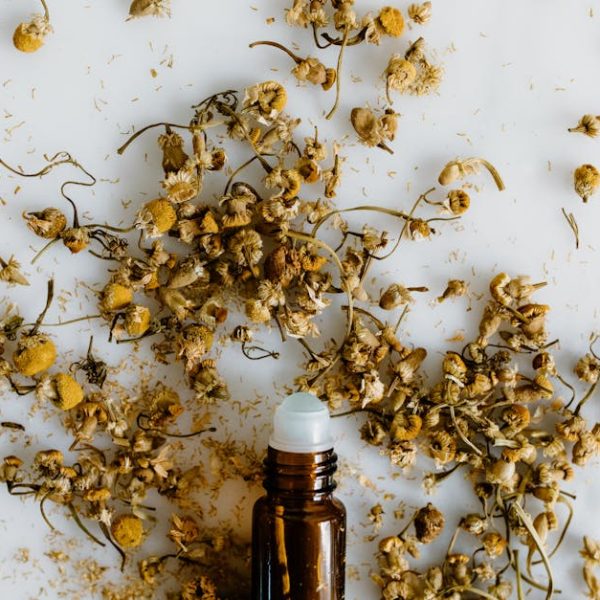Both mulberries and blackberries are popular fruits that add a sweet or tart component to various dishes. But how do they differ from each other? Understanding the origins, physical appearance, taste, nutritional content, health benefits, and culinary uses of these two berries can clarify their distinct features and benefits.
Origins and Regions of Growth
Mulberries, native to Asia, have spread across the globe to North America and Europe through Silk Road trade routes. This berry thrives in temperate climates and soil conditions ranging from light sandy to heavy clay soils.
On the other hand, blackberries are originally from Eurasia, but now grow wildly across the globe, particularly in North and South America. Unlike the mulberry, blackberries prefer acidic soil and partial to full sun exposure.
Although both berries are widely cultivated, they have contrasting climatic and soil preferences, underlying their adaptive qualities to various regions.
Appearance and Taste
When it comes to physical appearance and taste, mulberries and blackberries are noticeably different. Mulberries have a slender, cylindrical shape with colors ranging from white to deep purple and even black. Their taste varies from subtly sweet to tangy, becoming sweeter as the color deepens.
Blackberries, meanwhile, are usually deep purple to black and have a round, cluster-like form. When fully ripe, they are juicy, sweet, and slightly acidic.
Pro tip: To choose ripe berries, look for mulberries that are completely dark and blackberries that are fully black without hulls.
Best Practice: To maintain the freshness and flavor of your berries, refrigerate them immediately after purchase and keep them dry—their high water content makes them prone to spoilage.
Nutritional Content
Both mulberries and blackberries pack a punch when it comes to their nutritional content. For example, mulberries are rich in Vitamin C, iron, Vitamin K1, and antioxidants, while blackberries are a good source of Vitamin C, manganese, and fiber.
- Mulberries: Besides Vitamin C, iron, Vitamin K1, and antioxidants, mulberries also offer dietary fiber, protein, and Vitamin E.
- Blackberries: Notably, blackberries boast of high Vitamin K content, along with fiber, Vitamin A, and anthocyanins.
When comparing these nutrient profiles, both berries are high in Vitamin C and fiber, but differ in terms of their iron, manganese, and antioxidant content.
The dietary preferences or restrictions of an individual can inform which berry would serve their nutritional needs better.
Health benefits
Both mulberries and blackberries are not just delicious, but they also possess numerous health benefits. The rich nutrient profiles of these two types of berries contribute significantly to these health-giving properties.
Mulberries, thanks to their impressive antioxidant content – especially reservatrol and anthocyanins – have anti-inflammatory, anti-aging, and anti-cancer properties. Additionally, mulberries are rich in iron, promoting the production of red blood cells and improving overall oxygenation and vitality.
On the other hand, blackberries, given their high Vitamin C level, are great for boosting immunity. They are also rich in fiber which supports digestive health and may help in managing weight. Their high content of Vitamin K, crucial for blood clotting, makes them beneficial for wound healing.
Pro tip: To reap maximum health benefits, incorporate these berries into your daily diet by adding them in smoothies, yogurts, salads, or even as standalone snacks.
Culinary Uses
The unique flavors and textures of mulberries and blackberries open up a world of culinary possibilities.
Mulberries come off softer and less tart than blackberries, making them a preferred choice for jams, pies, wines, and even in savory dishes complementing meats. Dried mulberries also make a healthy snack or a crunchy addition to granolas and trail mixes.
Meanwhile, blackberries, due to their sweet-tart profile are excellent for baking and dessert preparations, from pies to crumbles, and compotes to sauces. They are often paired with cream or mixed with other berries to reduce the tartness. Cooked blackberries can also be used in savory sauces for meats.
Best Practice: Rinse berries only right before use to avoid unnecessary moisture and potential spoilage. If baking, toss them in a bit of flour or cornstarch to prevent them from sinking in your batter.
In terms of culinary roles, the choice between mulberries and blackberries can depend on the specific flavor and texture one is hoping to achieve in a dish. Both can be used interchangeably in many recipes, but for something more tailored to their specific characteristics, the above-mentioned applications could be ideal.
Comparison Between Mulberries and Blackberries
| Mulberries | Blackberries | |
|---|---|---|
| Origin | Asia | Eurasia |
| Climatic Preference | Temperate | Partial to full sun exposure |
| Appearance | Slender, cylindrical shape, white to deep purple | Round, cluster-like, purple to black |
| Taste | Subtly sweet to tangy, sweeter with darker color | Juicy, sweet, and slightly acidic when ripe |
| Nutritional Content | Rich in Vitamin C, iron, Vitamin K1, antioxidants, fiber, protein, and Vitamin E | High in Vitamin C, manganese, fiber, Vitamin K, Vitamin A, and anthocyanins |
| Health Benefits | Anti-inflammatory, anti-aging, anti-cancer properties, improves red blood cell production and oxygenation | Boosts immunity, aids digestion, facilitates wound healing, potential weight management |
| Culinary Uses | Used in jams, pies, wines, savory dishes, and dried for snacking | Used in baking, dessert preparations, sauces, and savory meat dishes |
In conclusion, while mulberries and blackberries may belong to the same fruit family, they each bring unique qualities and benefits to the table. Whether consumed for their health benefits or used in culinary creations, understanding these differences can help you make the most out of these flavorful and nutritious berries.
Key Takeaway:
- Mulberries and blackberries come from different regions and prefer different climatic and soil conditions.
- The appearance and taste of mulberries and blackberries vary significantly; with mulberries being slender, cylindrical and varying in color, blackberries are round, cluster-like and usually deep purple to black.
- Both berries are nutritionally rich; however, their nutrient profiles differ – mulberries are high in Vitamin C, iron, Vitamin K1, and antioxidants, whereas blackberries are rich in Vitamin C, manganese, Vitamin K and fiber.
- Both berries have unique health benefits owing to their rich nutrient profiles.
- Their distinctive flavors and textures make mulberries and blackberries well-suited for different culinary uses.
While they might look similar, every berry has a unique composition and set of benefits. Whether you prefer the sweet-tart taste of blackberries or the soft crunch of mulberries, both are packed with health benefits and can make delectable additions to your culinary delights.
FAQs
Q: Can mulberries and blackberries be used interchangeably in recipes?
A: While it’s possible to use mulberries and blackberries interchangeably in some recipes, their unique flavors and textures may yield different results. Therefore, choosing one over the other might depend on the specific flavor and texture you’re aiming for in a dish.
Q: Which berry is healthier, mulberries or blackberries?
A: Both mulberries and blackberries are healthful. They have similar high Vitamin C and fiber content, though they vary in other nutrients. The healthiest choice can depend on your individual dietary needs or preferences.
Q: Do mulberries and blackberries have the same storage requirements?
A: Yes, both mulberries and blackberries should be refrigerated immediately after purchase and kept dry to maintain their freshness and flavor due to their high water content that makes them prone to spoilage.
Q: How can I tell if a mulberry or a blackberry is ripe?
A: Ripe mulberries are usually completely dark, while ripe blackberries are fully black without hulls. The sweetness of both berries tends to increase as they ripen.
Q: Can I eat mulberries and blackberries raw?
A: Absolutely! Both mulberries and blackberries can be enjoyed raw or incorporated into various dishes. They can also be included in smoothies, yogurts, salads, or even as standalone snacks.
We hope you found this comparison useful and interesting. If you like what you’ve read, feel free to share this article and explore more posts on our website.






